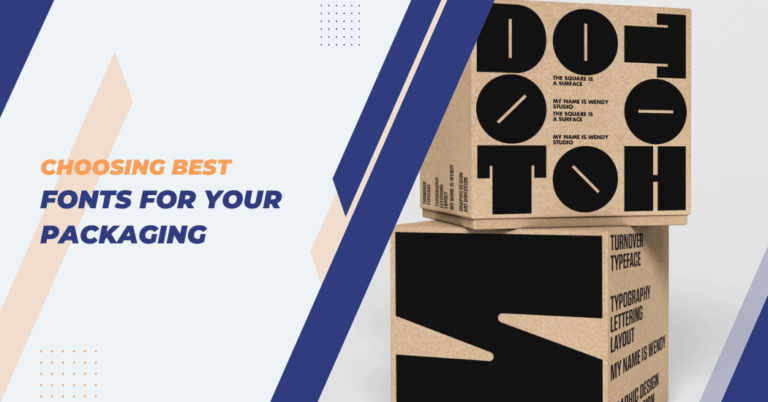What Is PMS color?
Have you ever worked on a design project and been asked to use specific colors that are not found in traditional color palettes? Or have you been flipping through a brochure or magazine and come across a striking color that doesn’t seem to match any standard shade? Chances are, those colors were created using the Pantone Matching System (PMS).
This innovative system has revolutionized the world of graphic design by providing an extensive range of unique colors for designers to choose from. But what exactly is PMS color and how does it differ from other color systems?
Let’s delve into this topic and learn all about PMS color its history, usage, benefits and more. Whether you’re a seasoned designer or just starting, understanding the basics of PMS color will add an extra layer of knowledge to your skill set. So let’s dive in!
Pantone Matching System
PMS stands for Pantone Matching System, which is a standardized color system used in the printing industry. It was developed by the Pantone company in the 1960s as a solution to the problem of accurately matching colors in the printing process. Before PMS, printers had to manually mix and match colors, often resulting in inconsistent shades.
With PMS, each color is assigned a unique number and formula, making it easier to reproduce the same shade every time. This system is widely used by graphic designers, printers and manufacturers in various industries worldwide.
Components of PMS color
PMS colors consist of a combination of inks that are precisely mixed according to a specific formula.
Each color is made up of different percentages of cyan, magenta, yellow and black (CMYK) ink. The PMS system also includes metallic and fluorescent colors, which cannot be achieved through the CMYK process.
In addition to the color itself, each PMS color also has a designated number and name. The number represents the specific shade, while the name is often a creative description of the color. For example, “PMS 186 C” refers to a vibrant red known as “Firecracker”.
Applications of PMS Color
PMS color is primarily used in the printing industry, as it allows for precise and consistent color reproduction on different materials such as paper, fabric, plastics and more. It is also commonly used in branding and marketing materials, where maintaining brand identity through specific colors is crucial.
Moreover, PMS colors are not limited to just graphic design. They can also be found in various industries such as fashion, cosmetics and even interior design. Many companies use PMS colors for their product packaging to ensure color consistency across different products.
Advantages of PMS Color
PMS (Pantone Matching System) offers numerous advantages, particularly in areas demanding color accuracy and consistency.
Here are some key benefits:
- Precise color matching: The PMS system ensures that each color can be precisely matched, eliminating guesswork and reducing the risk of color variations across different print runs.
- Wide range of colors: With over a thousand shades available, PMS provides an extensive palette that goes beyond what CMYK can produce, including metallics and fluorescents.
- Consistent branding: For businesses, consistent branding is crucial. PMS colors maintain the integrity of brand colors across various materials and formats.
- Global standard: PMS is recognized globally, making it easier for international teams to work together and maintain color consistency across borders.
- Quality assurance: The standardized nature of PMS colors means that designers and printers can assure clients of color accuracy, enhancing trust and reducing the need for costly revisions.
- Versatility: PMS colors are used across a range of industries, from graphic design and printing to fashion and interior design, allowing for versatile applications.
- Simplified communication: The unique number and name assigned to each PMS color simplify the communication process between designers, clients and printers. This reduces the risk of misinterpretation and ensures accuracy.
- Durability: PMS inks are fade-resistant and long-lasting, making them suitable for applications that require durability like outdoor signs and textiles.
Limitation of PMS Color
Despite its numerous advantages, PMS color has some limitations that designers and printers should be aware of:
- Limited color range: While PMS offers a wide range of colors, it still has limitations in terms of achieving certain shades. Some colors may not be achievable through the PMS system, requiring alternative solutions.
- Higher cost: Compared to digital printing, using PMS colors can be more expensive due to the need for manual mixing and precise color matching.
- Less flexibility: Once a PMS color has been selected, it cannot be altered or adjusted during the printing process. This limits the flexibility in terms of making last-minute changes.
- Limited accessibility: The PMS system is not easily accessible to everyone, as it requires specialized equipment and knowledge to mix the colors accurately.
- Not suitable for complex designs: PMS colors are best suited for solid, spot colors and may not be suitable for complex designs with multiple shades. In such cases, a combination of PMS and CMYK may be necessary.
Comparison PMS with other color systems
| Feature | PMS color system | CMYK color system | RGB color system |
|---|---|---|---|
| Color production | Uses pre-mixed inks for a wide range of precise colors. | Combines Cyan, Magenta, Yellow and Black to produce colors. | Uses Red, Green and Blue light to create colors on digital screens. |
| Application | Primarily used in printing and product branding for accurate color matching. | Common in general printing where precise color matching isn’t critical. | Used in digital displays like TVs, computers and smartphones. |
| Color range | Offers an extensive palette including metallics and fluorescents. | Limited by the mixing of four inks, can struggle with some bright and deep colors. | Capable of producing millions of colors, ideal for digital work. |
| Consistency | High consistency and accuracy in color reproduction. | Variations can occur due to ink and paper quality. | Consistent as long as the display settings remain the same. |
| Cost | Generally more expensive due to the need for specific inks and processes. | More cost-effective for full-color printing jobs. | No additional cost for color use on digital platforms. |
| Flexibility | Limited ability to adjust colors during printing. | Colors can be adjusted but may affect consistency. | Colors can be easily adjusted at any point. |
| Global standard | Widely recognized and used globally for branding and design. | Common standard for printing but lacks the precision of PMS for brand colors. | Universal in digital design but not for printing purposes |
| Suitability | Ideal for brand logos and designs requiring specific color matches. | Good for full-color photographs and complex gradients. | Perfect for digital design, websites and media that appear on screens. |
FAQs | Pantone Matching System
Is PMS color more expensive than other color systems?
Yes, generally, using PMS colors can be more costly than CMYK or RGB because it requires specific inks and manual mixing. However, the investment in PMS ensures color accuracy and brand consistency, which is invaluable for many businesses.
Are PMS colors only used for printing?
Primarily, PMS colors are used in the printing industry for materials like corporate branding and packaging. However, PMS colors also find applications in the design of products across various industries, including fashion, interior design and manufacturing, to ensure color consistency.
Can I see a PMS color on my computer screen?
Yes, you can view a representation of PMS colors on a computer screen; however, due to the differences in screen calibrations and the RGB color system used by digital displays, the color seen on the screen may not exactly match the true PMS ink color. For accurate color matching, a physical PMS color guide is recommended.
How is a PMS color specified in a design project?
PMS color is specified by its unique number or name from the Pantone Matching System. This standardized identification allows designers, clients and printers to communicate about specific colors without ambiguity, ensuring accuracy across all stages of a project.
Wrap Up
PMS color (Pantone Matching System) is a standardized color system that provides precise and consistent color matching for various industries, from printing to fashion. It offers an extensive range of colors and has numerous advantages such as brand consistency, global recognition and durability.
However, it also has limitations in terms of cost, accessibility and flexibility. When compared to other color systems like CMYK and RGB, PMS excels in color accuracy and consistency but may not be suitable for all design applications.
Overall, understanding PMS colors can greatly benefit designers, printers and businesses in creating impactful and consistent visual branding.






